What is so special about the reliefs carved on the 9 bronze cauldrons that they have become a documentary heritage of humanity? We had a conversation with researcher Pham Duc Thanh Dung, former researcher of the Hue Monuments Conservation Center, about the value of this unique heritage.
♦ Sir, could you please give us an overview of the Nine Tripod Cauldrons? Why are there nine cauldrons? What is the special meaning of the number nine here?
The Nine Dynastic Urns are nine bronze urns, located in the front yard of The To Temple, right behind Hien Lam Pavilion, in the Imperial City (Dai Noi) of Hue Citadel. The Nine Dynastic Urns were started to be cast in late 1835 and completed in early 1837 under the reign of King Minh Mang, a total of 15 months. The Nine Dynastic Urns are a work of handicraft that represents the pinnacle of bronze casting techniques, the perfection of craftsmanship, and is a work of profound humanistic significance, a unique cultural relic of the Vietnamese people.
King Minh Mang cast the Nine Urns and placed them in the The To Temple as a way to announce to heaven and earth, to ancestors, to the ancestral temple and the people, about the "principle" of a monarch: "The nation is eternal, the dynasty is strong, the people are peaceful and prosperous". The king built an independent country in terms of airspace, sea, and territory; a peaceful and beautiful country, thanks to the available natural resources, and the positive influence of people and the dynasty. All of these things are encoded in the reliefs on the Nine Urns in a unique and only Vietnamese symbolic language.
The number 9 in the Nine Urns follows the ancient practice of casting the Nine Urns to symbolize the unification of the nine states by King Dai Vu in legend. Since then, the nine urns have been a symbol of independence and unity. Minh Mang was the king who systematically planned the future of the nation. The king planned the naming of the succeeding emperors as well as the royal family for the next 20 generations. The posthumous names of the nine Nguyen kings from the reign of King Gia Long onwards were also given 9 beautiful characters and engraved in each room of The Mieu. These 9 beautiful characters are also the names of the nine urns. They are Cao, Nhan, Chuong, Anh, Nghi, Thuan, Tuyen, Du, Huyen. These 9 beautiful characters symbolize the ideal characteristics that a dynasty strives for, which are Cao: tall and strong; Nhan: benevolent and kind; Chuong: brilliant and wise; Anh: the gathering of talented people; Nghi: majestic and steadfast; Thuan: clean and pure; Proclaim: declare clearly; Du: peaceful and prosperous; Huyen: profound and mysterious.
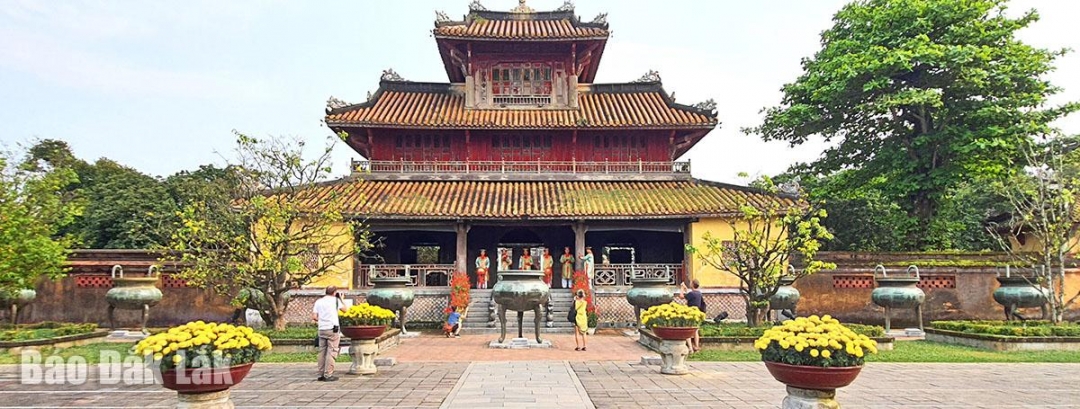 9 bronze cauldrons in Hue Imperial Palace.
9 bronze cauldrons in Hue Imperial Palace.
♦ Sir, which image on the Nine Dynastic Urns allows us to conclude that: "The Nine Dynastic Urns symbolize an independence in terms of sky, sea, and territorial boundaries of mountains, rivers, and borders"?
On the Nine Dynastic Urns, there is an image of the East Sea, the Eastern sea; the image of the South Sea, the Southern sea (belonging to the Southern provinces); the image of the West Sea, the Ha Tien sea, so the symbol of independence of the sea is very clear through the reliefs.
The symbol of independence of the country’s mountains, rivers and borders on the Nine Urns is clearer. The famous mountains of the country are all carved on the Nine Urns: Thien Ton Mountain in Thanh Hoa, Tan Vien Mountain (Ba Vi Mountain) in Hanoi, Hong Linh Mountain in Nghe An, Ngu Binh Mountain, Thuong Mountain, Due Mountain in Hue Capital, Dai Lanh in Phu Yen. And the rivers symbolizing the regions of the Fatherland are also solemnly carved, such as: Bach Dang, Red River, Lo River, Ma River, Lam River, Gianh River, Thach Han River, Huong River, Ve River, Ben Nghe River, Tien River, Hau River… are all present on the Nine Urns.
♦ How about the symbolic meaning of a rich and peaceful country expressed through the reliefs on the Nine Dynastic Urns, sir?
The Nine Dynastic Urns have images of treasures bestowed by nature, and images representing human achievements. As King Minh Mang wished, it is complete with three talents: Heaven - Earth - Human, symbolizing a rich - beautiful - peaceful country.
The wealth and beauty of a country is symbolized through the image of birds, flowers and fruits, which King Minh Mang summarized with the words Phi (flying species), Tiem (swimming species), Dong (animals), Thuc (plants and trees). King Minh Mang also recorded this in his Edict. It is the symbol of a rich, beautiful and peaceful country.
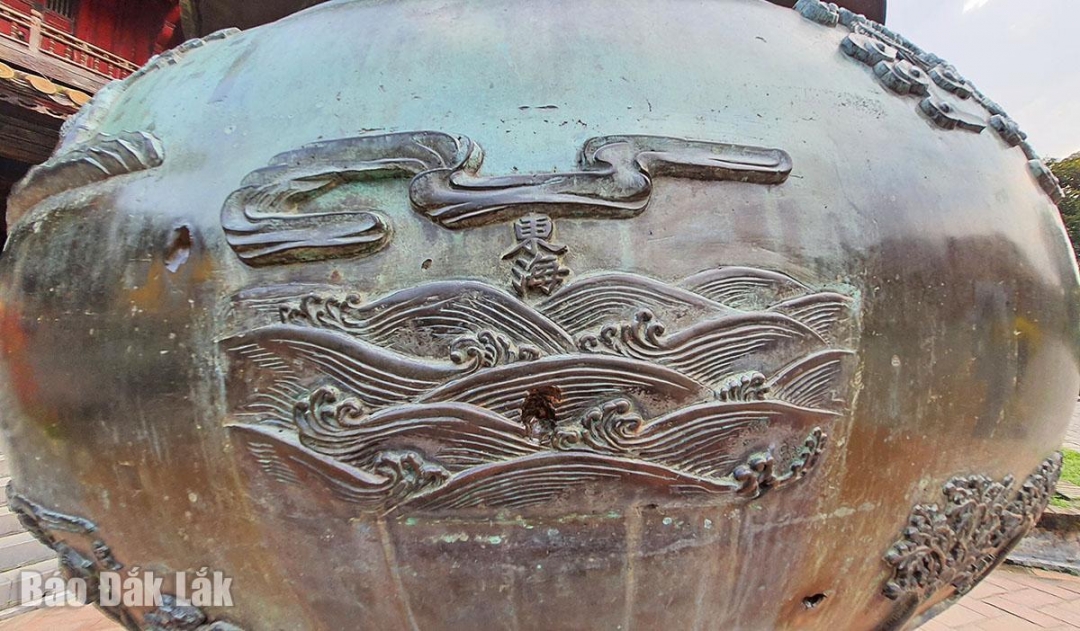 The East Sea (East Sea) carving on the Cao Dinh - the largest cauldron placed in the middle.
The East Sea (East Sea) carving on the Cao Dinh - the largest cauldron placed in the middle.
♦ Besides the values that you presented through symbolic language, what other outstanding values does the Nine Dynastic Urns have that UNESCO should honor as a Documentary Heritage?
The Memory of the World Program (MOW) was initiated by UNESCO in 1992, with the aim of preserving and promoting valuable documents being preserved in archives, libraries or museums around the world. Regarding the criteria for evaluating a heritage to be listed as a Documentary Heritage of Humanity, MOW pays attention to: authenticity, rarity, integrity, and international significance... The Nine Dynastic Urns fully meet all of these criteria.
The reliefs on the Nine Dynastic Urns have such unique content and form, they are the only heritage of the Vietnamese people, irreplaceable, if lost or destroyed, it will be a great loss to the cultural treasure of humanity. That is the outstanding global value of this heritage.
♦ Thank you very much!


![[Photo] Many practical activities of the 9th Vietnam-China border defense friendship exchange](https://vstatic.vietnam.vn/vietnam/resource/IMAGE/2025/4/16/3016ed3ef51049219574230056ddb741)
![[Photo] Opening of the Exhibition on Green Growth](https://vstatic.vietnam.vn/vietnam/resource/IMAGE/2025/4/16/253372a4bb6e4138b6f308bc5c63fd51)
![[Photo] President Luong Cuong meets 100 typical examples of the Deeds of Kindness Program](https://vstatic.vietnam.vn/vietnam/resource/IMAGE/2025/4/16/ce8300edfa7e4afbb3d6da8f2172d580)
![[Photo] National Assembly Chairman Tran Thanh Man meets with Ethiopian Prime Minister Abiy Ahmed Ali](https://vstatic.vietnam.vn/vietnam/resource/IMAGE/2025/4/16/c196dbc1755d46e4ae7b506c5c15be55)
![[Photo] President Luong Cuong receives Ethiopian Prime Minister Abiy Ahmed Ali](https://vstatic.vietnam.vn/vietnam/resource/IMAGE/2025/4/16/504685cac833417284c88a786739119c)
![[Photo] Opening of the 4th Summit of the Partnership for Green Growth and the Global Goals](https://vstatic.vietnam.vn/vietnam/resource/IMAGE/2025/4/16/488550ff07ce4cd9b68a2a9572a6e035)


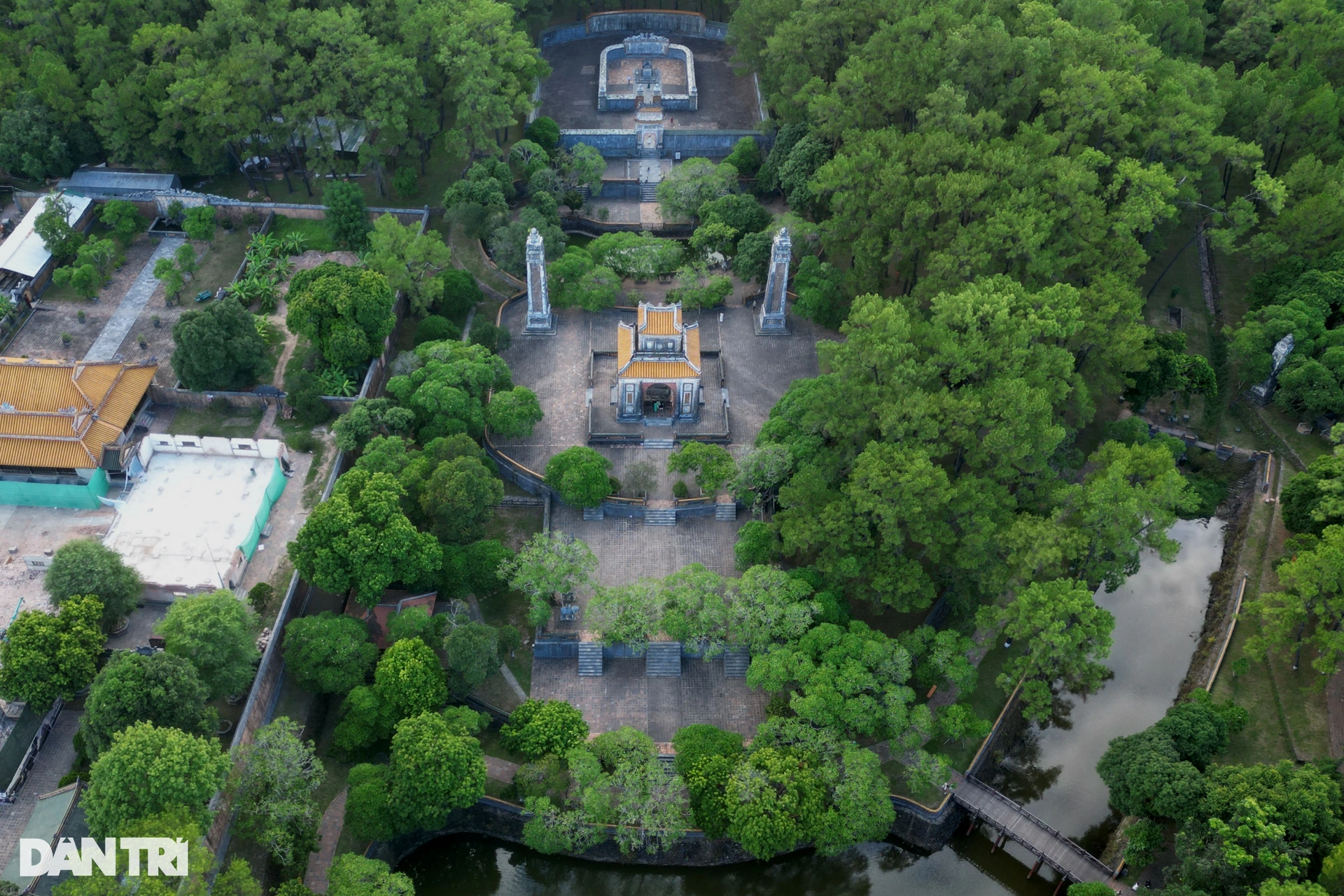

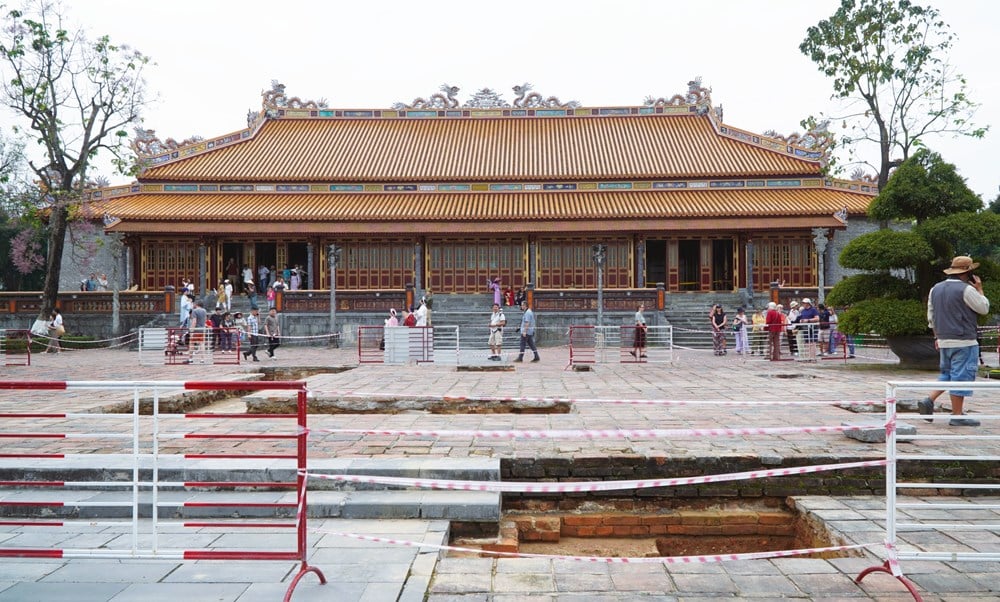







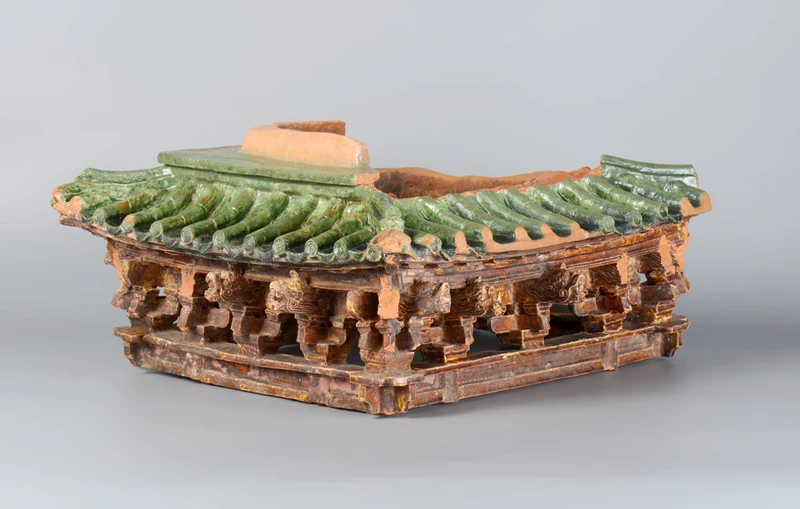

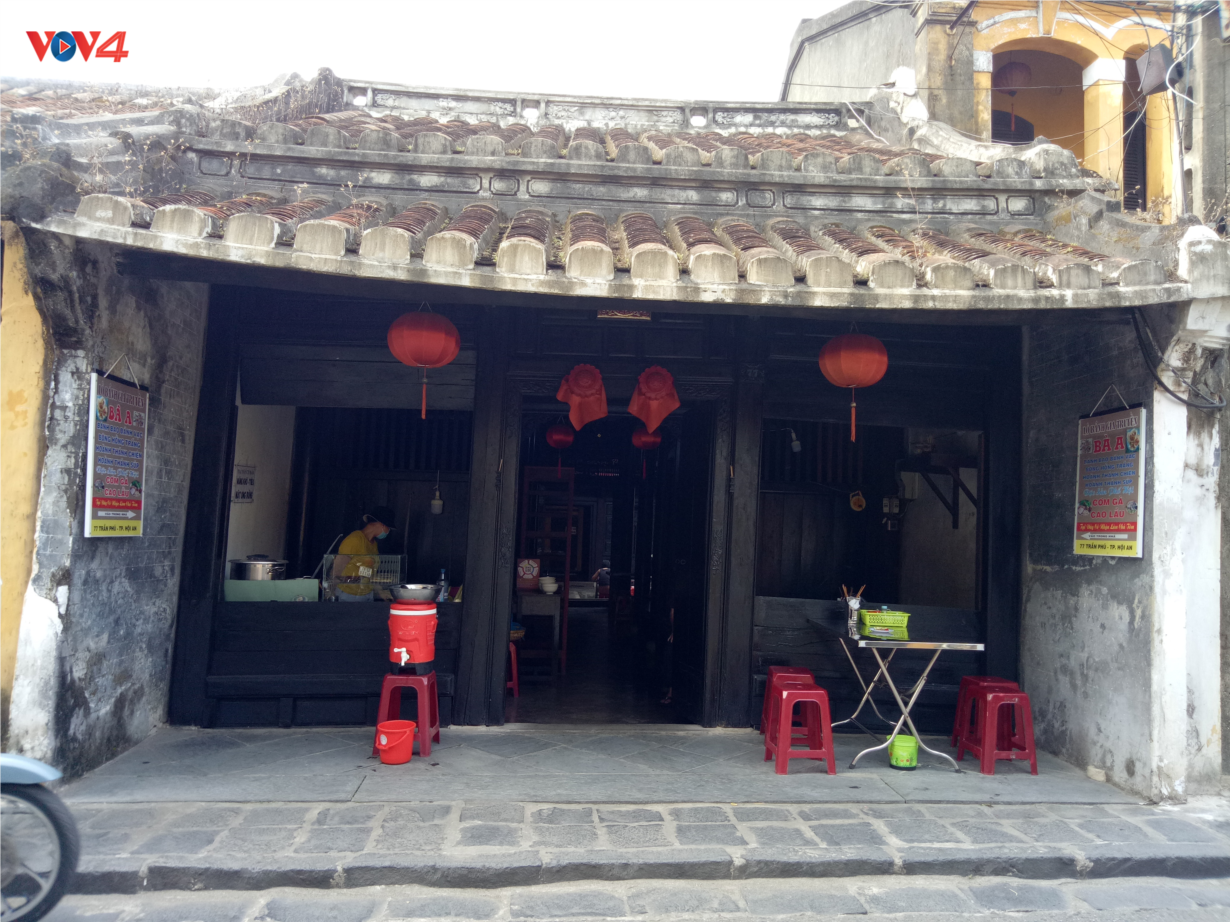
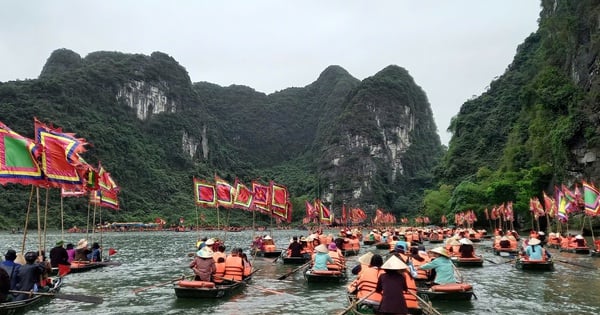
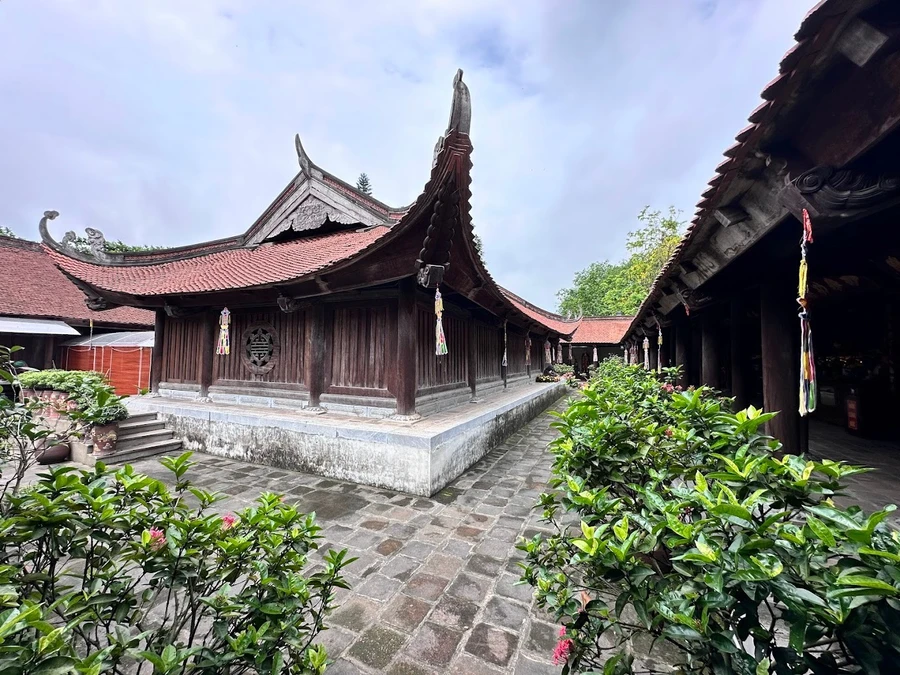





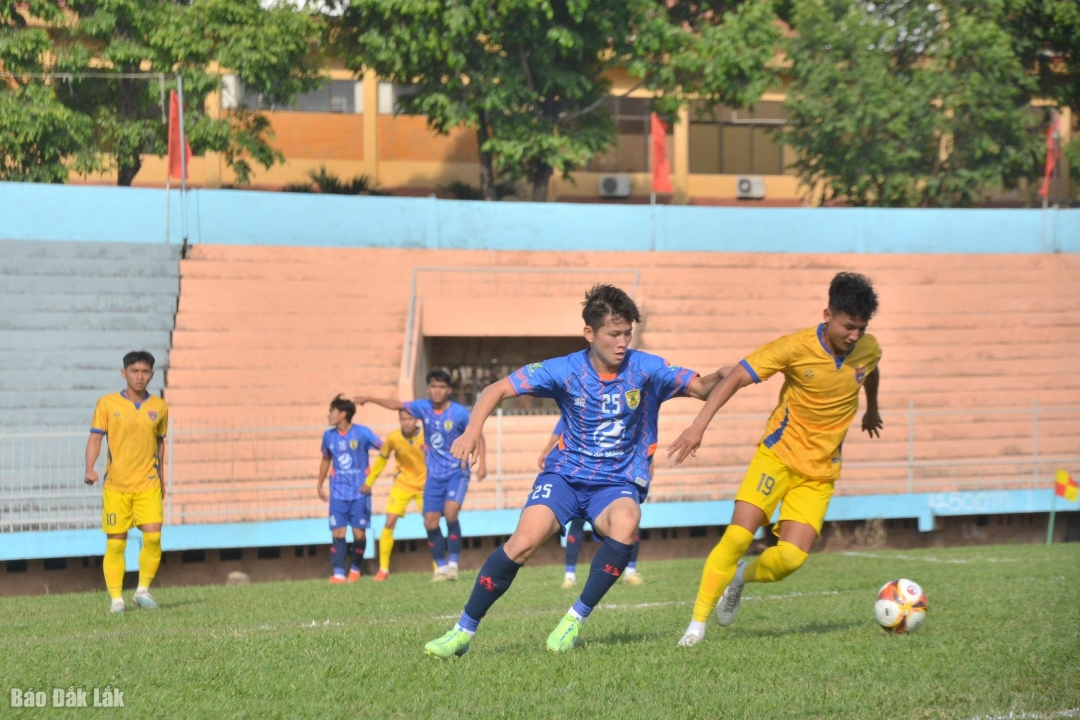
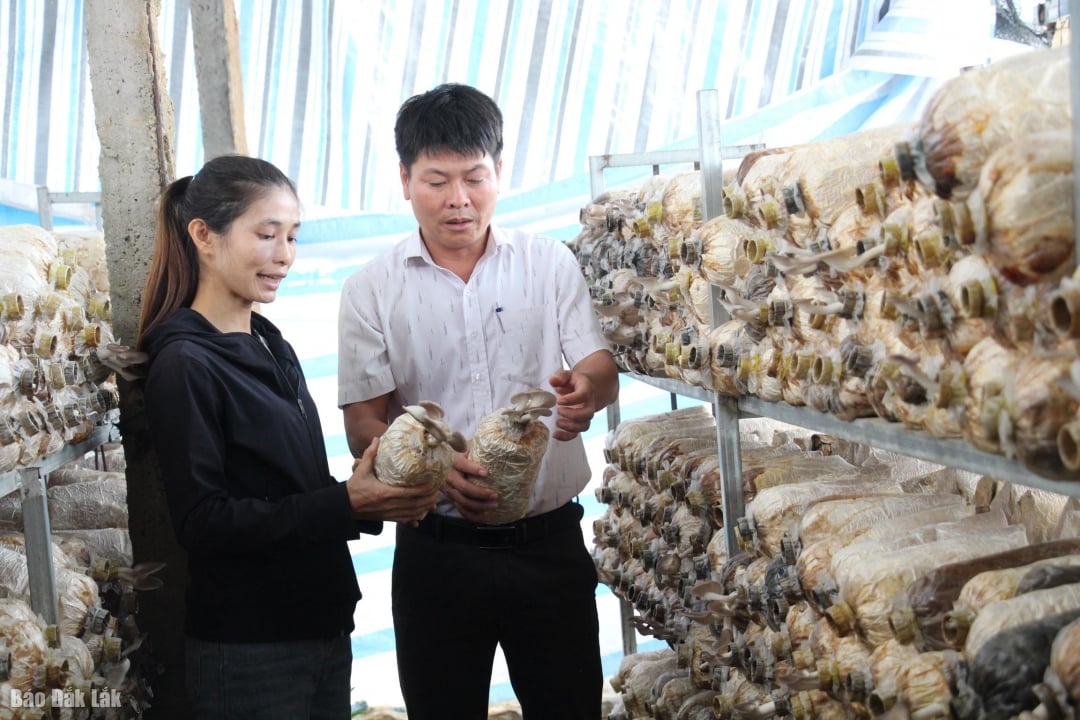
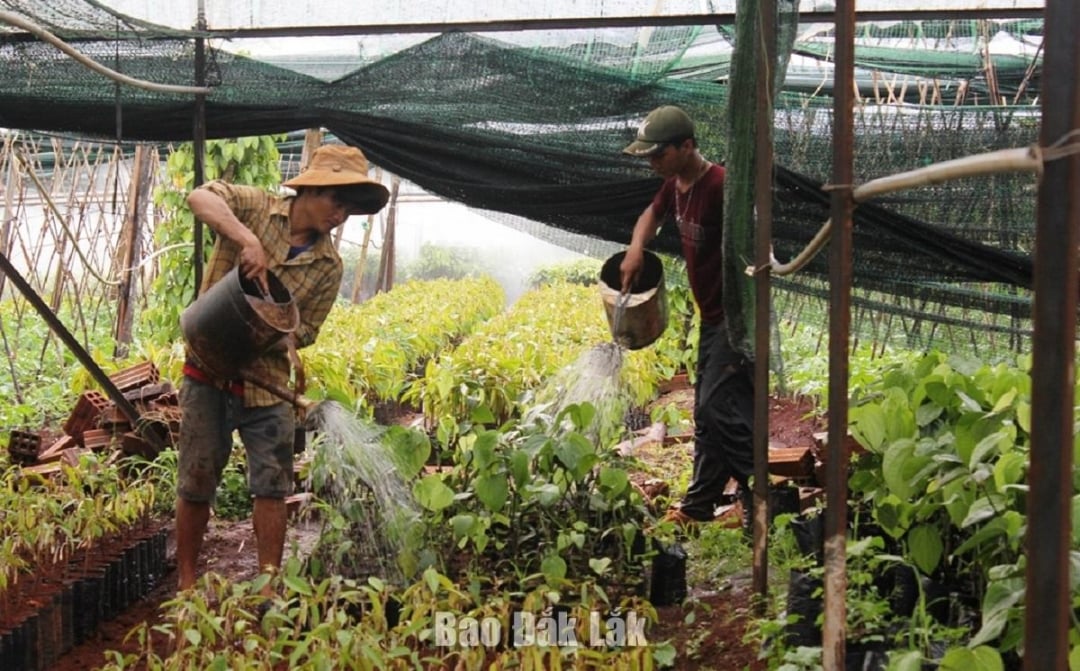
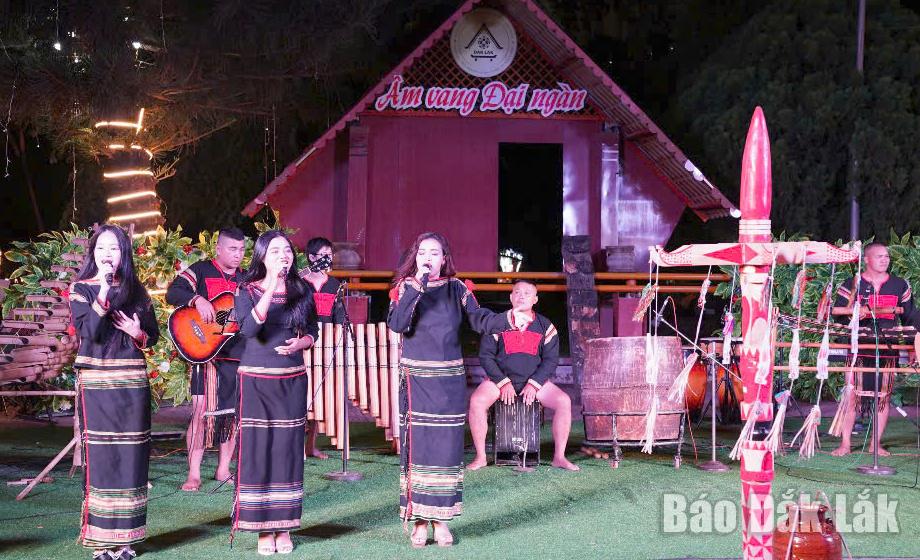
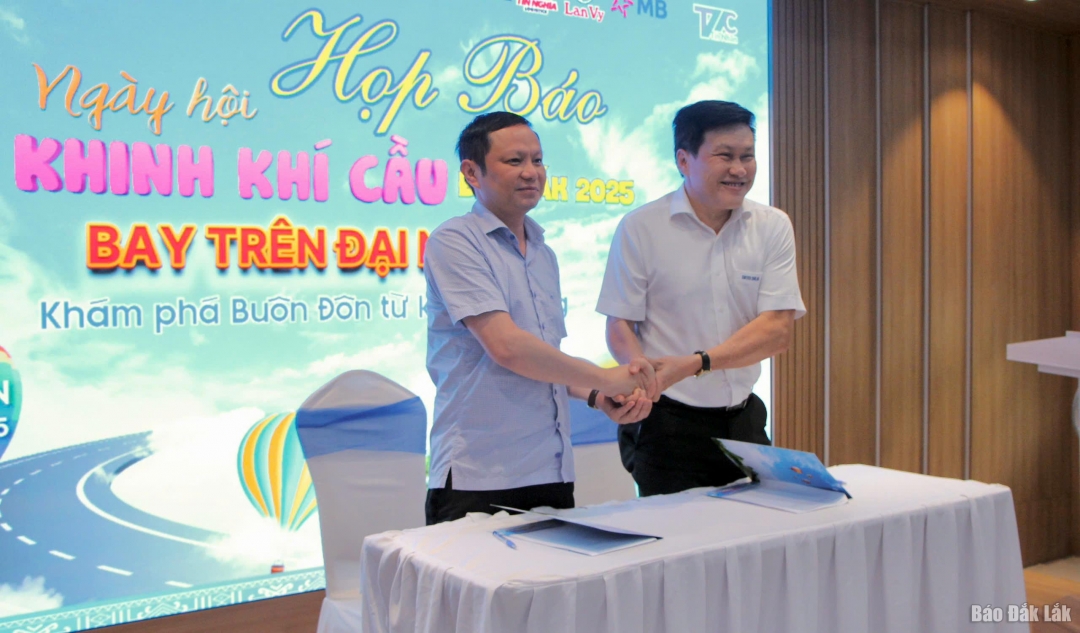
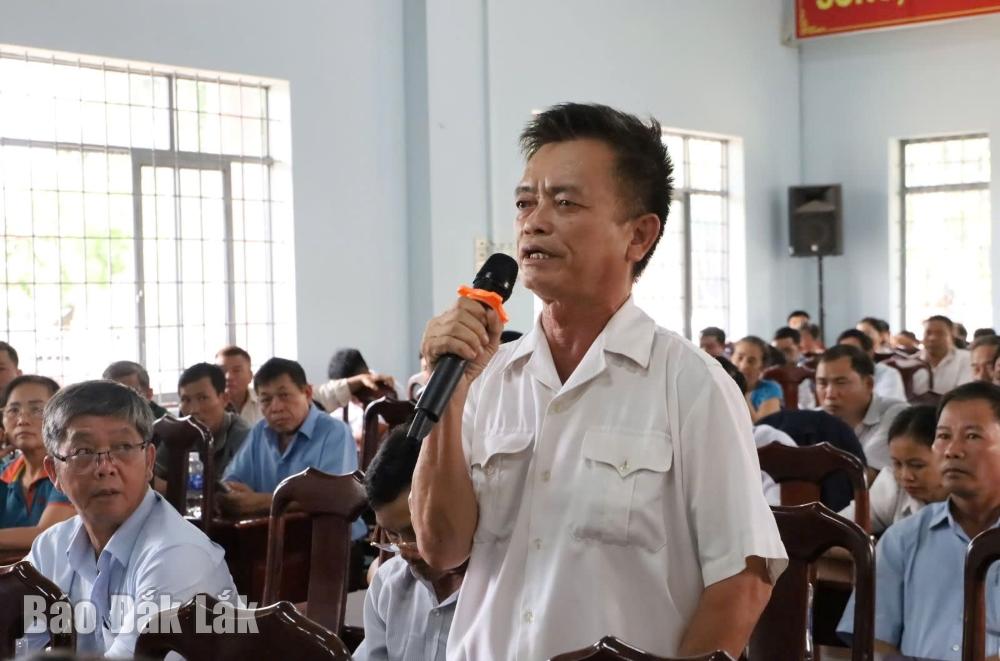



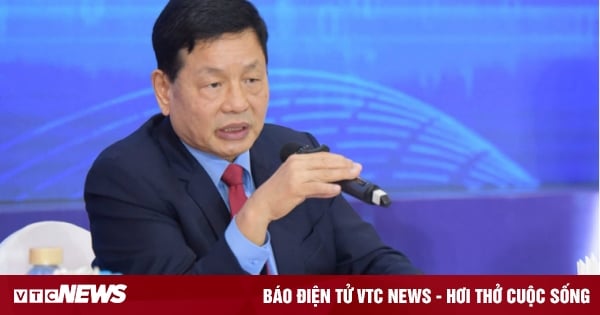

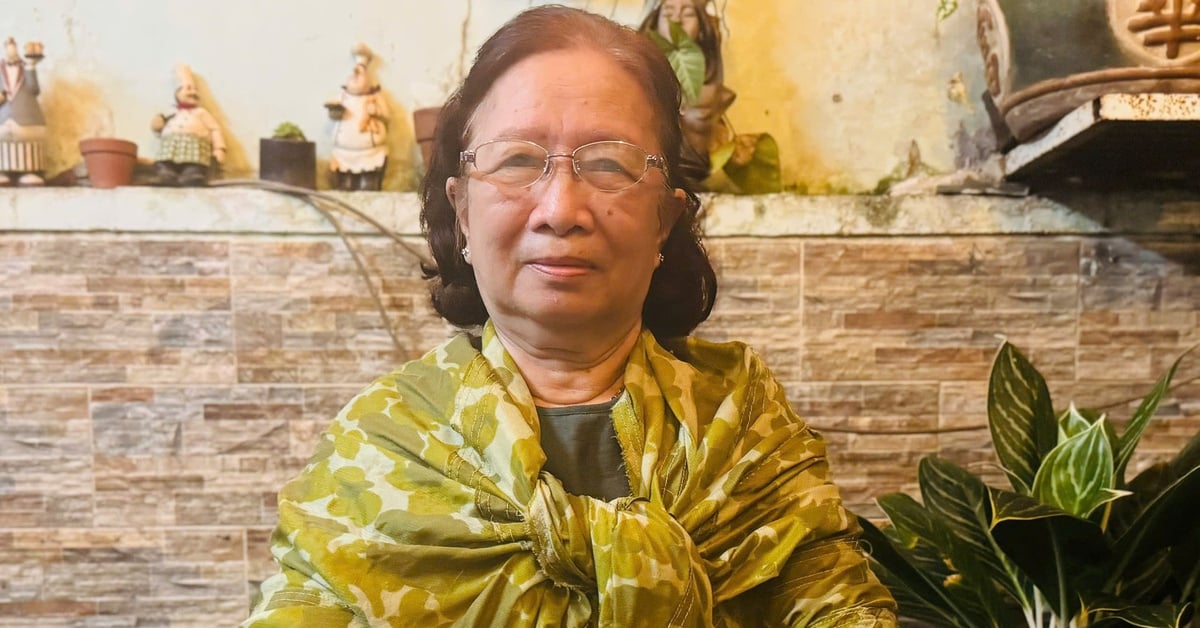

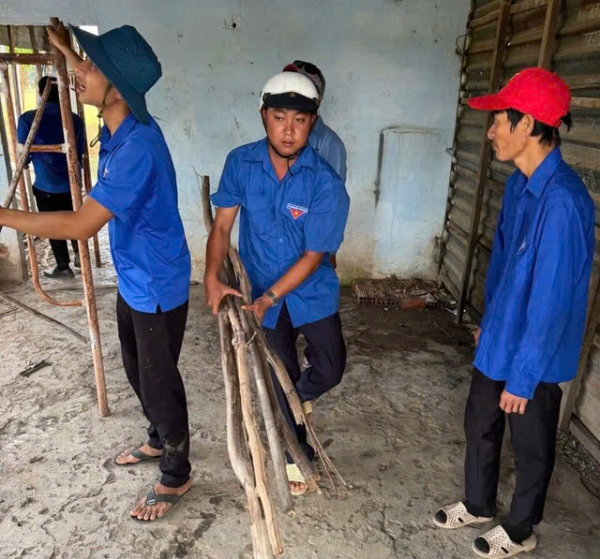

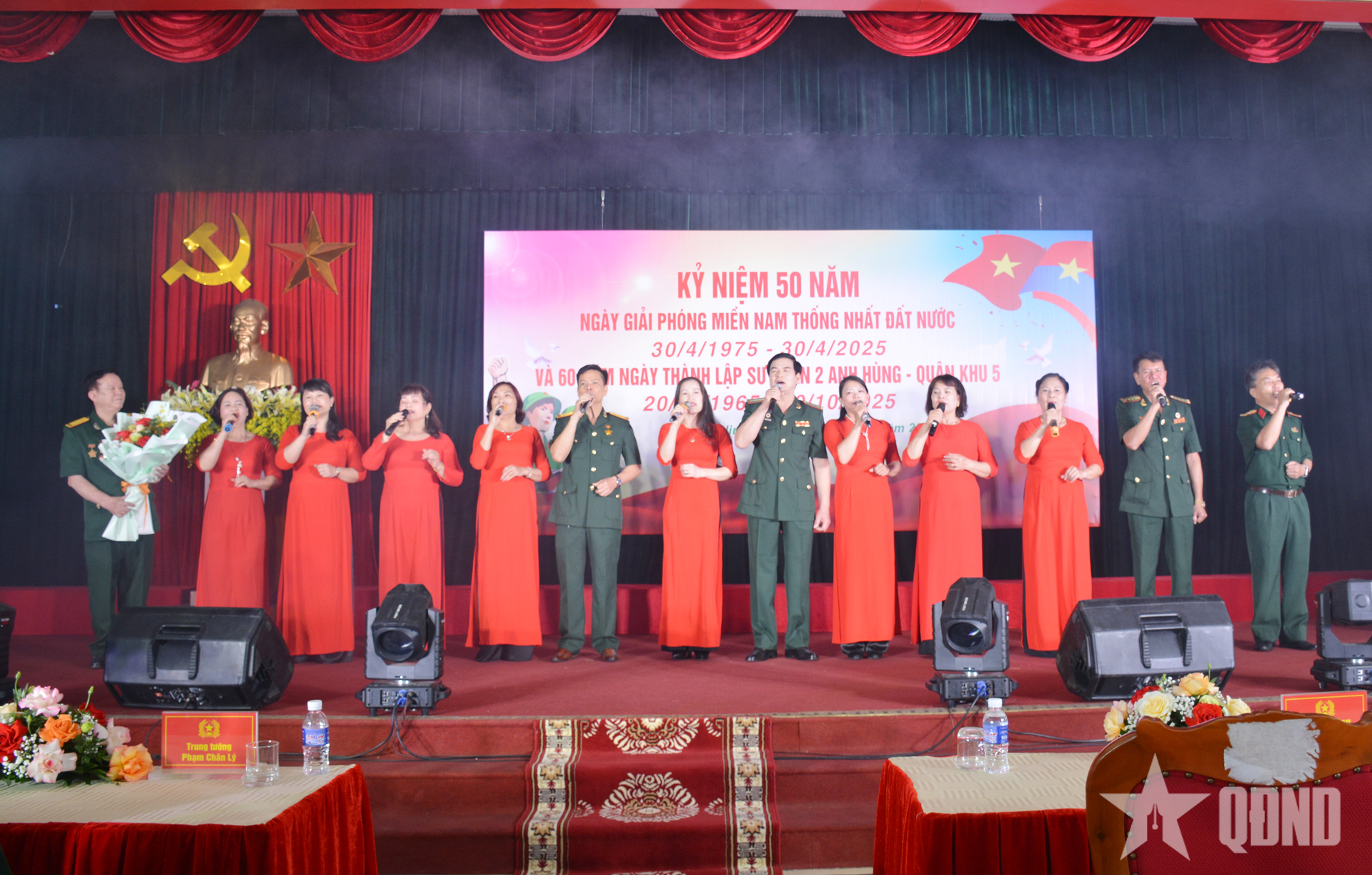

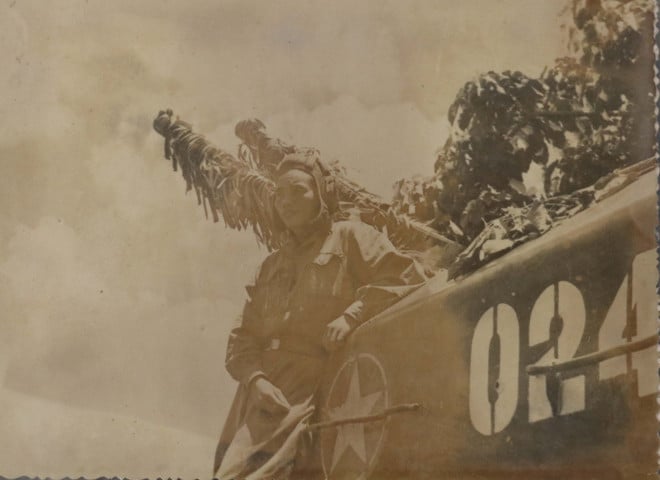
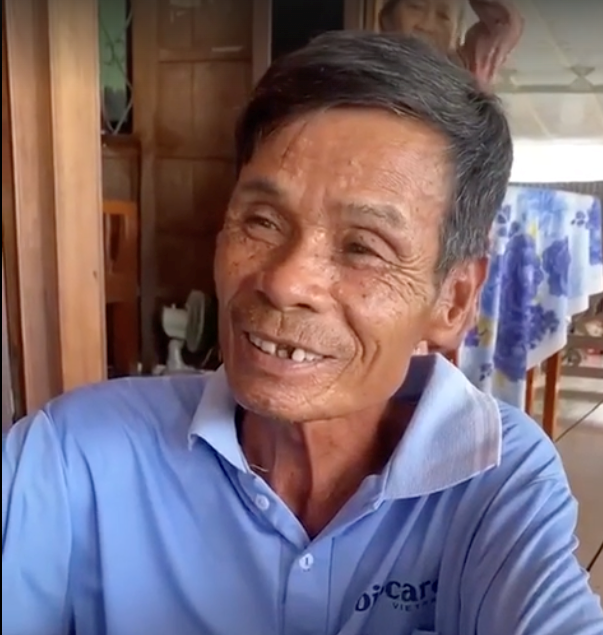

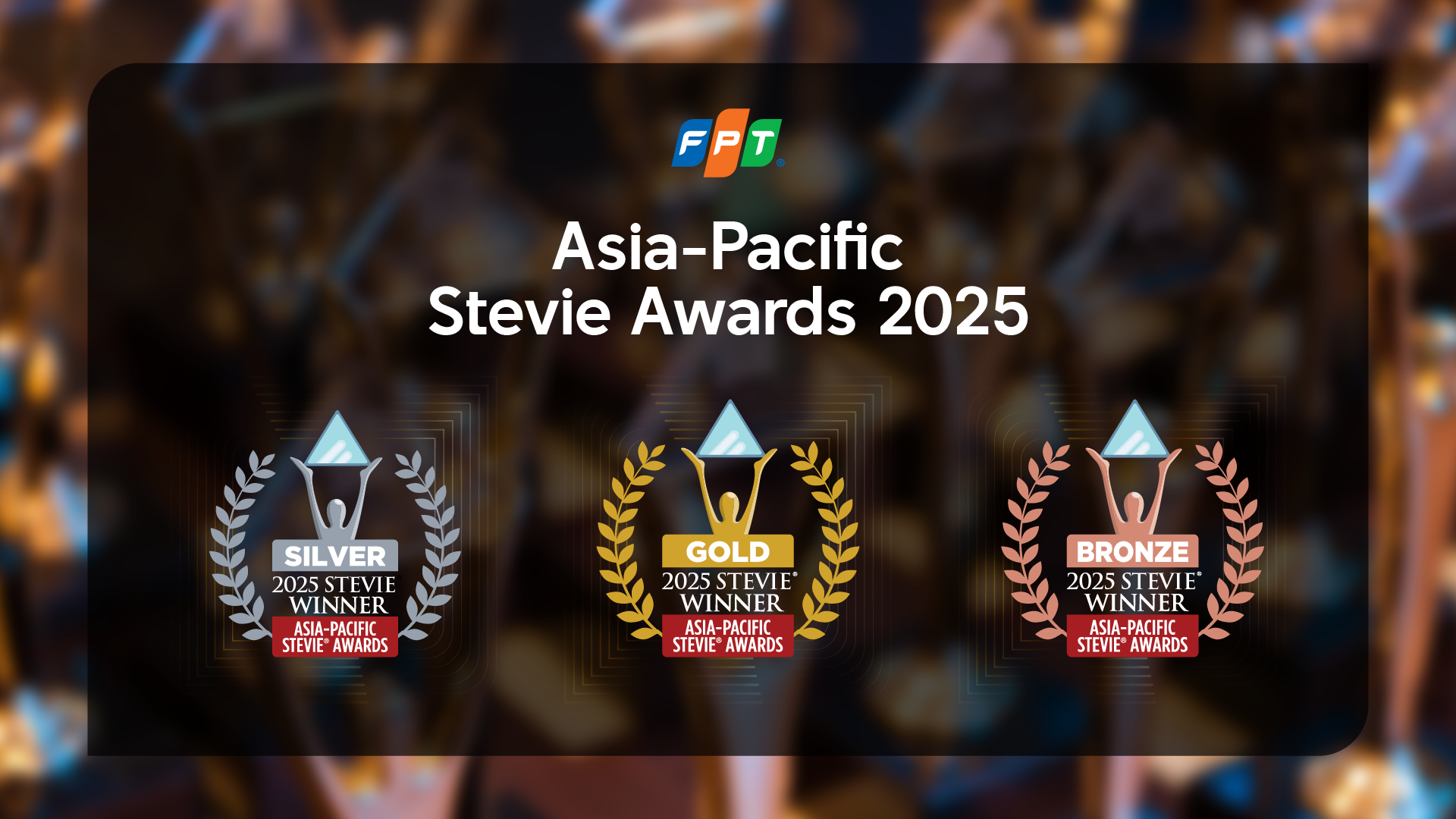

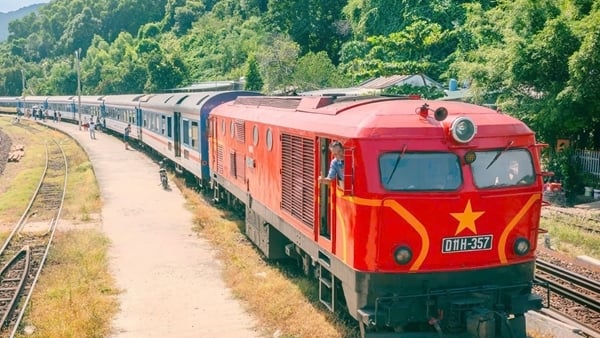



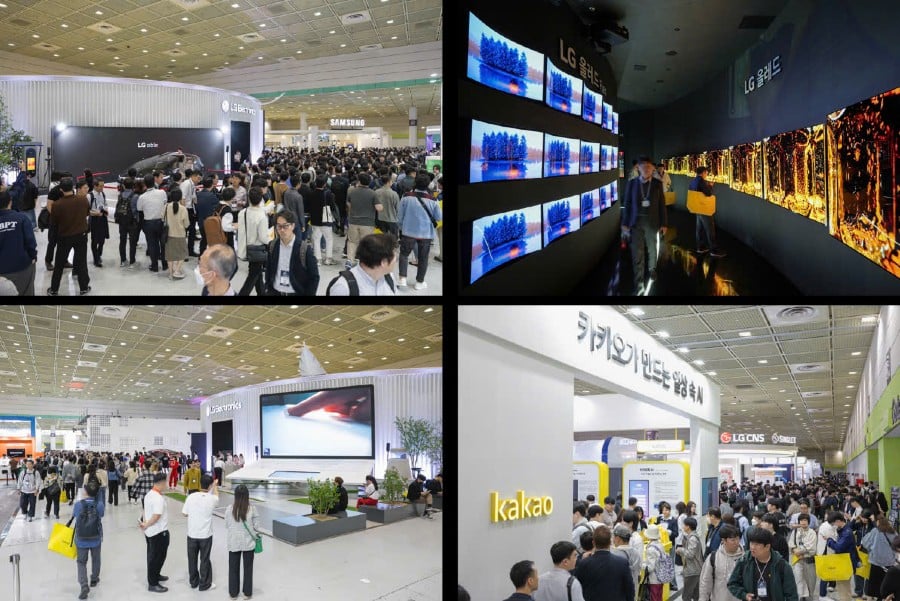


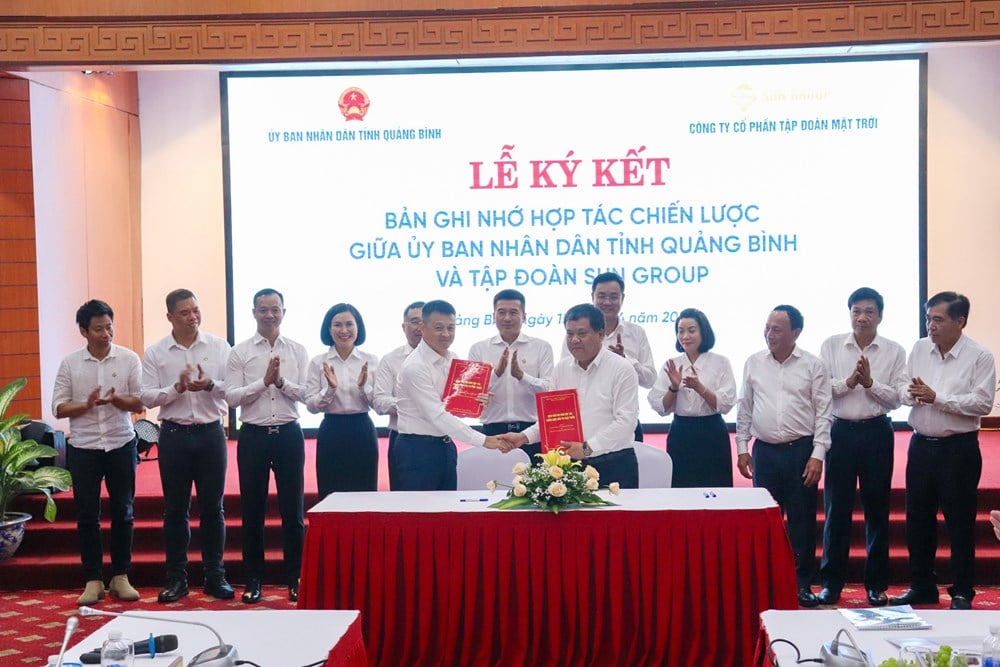
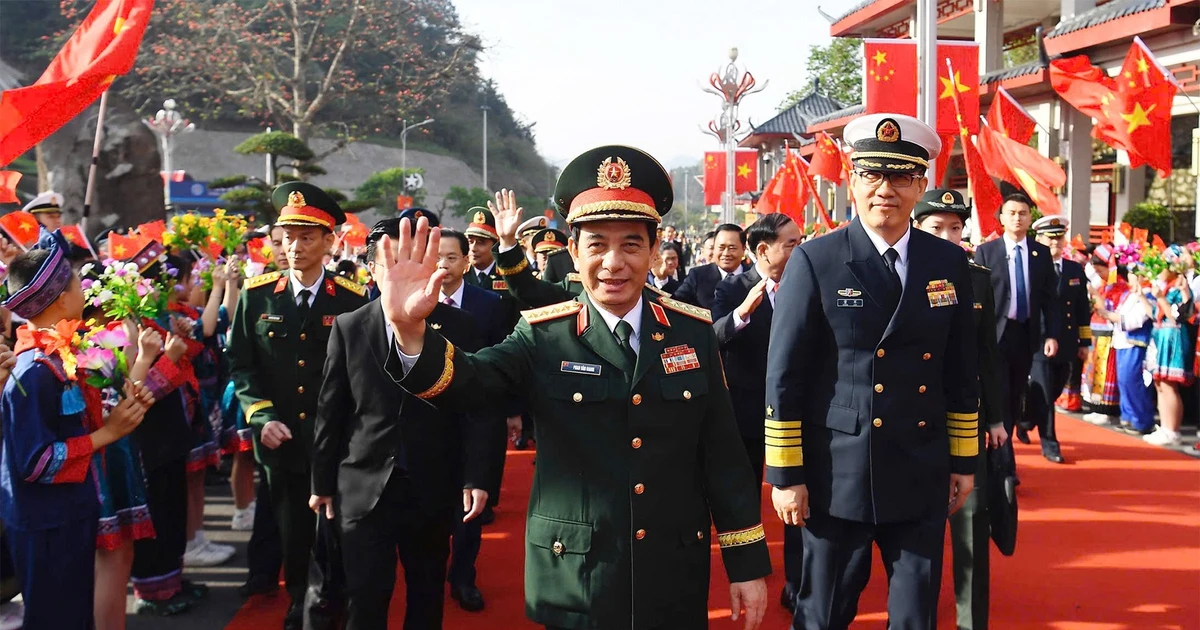

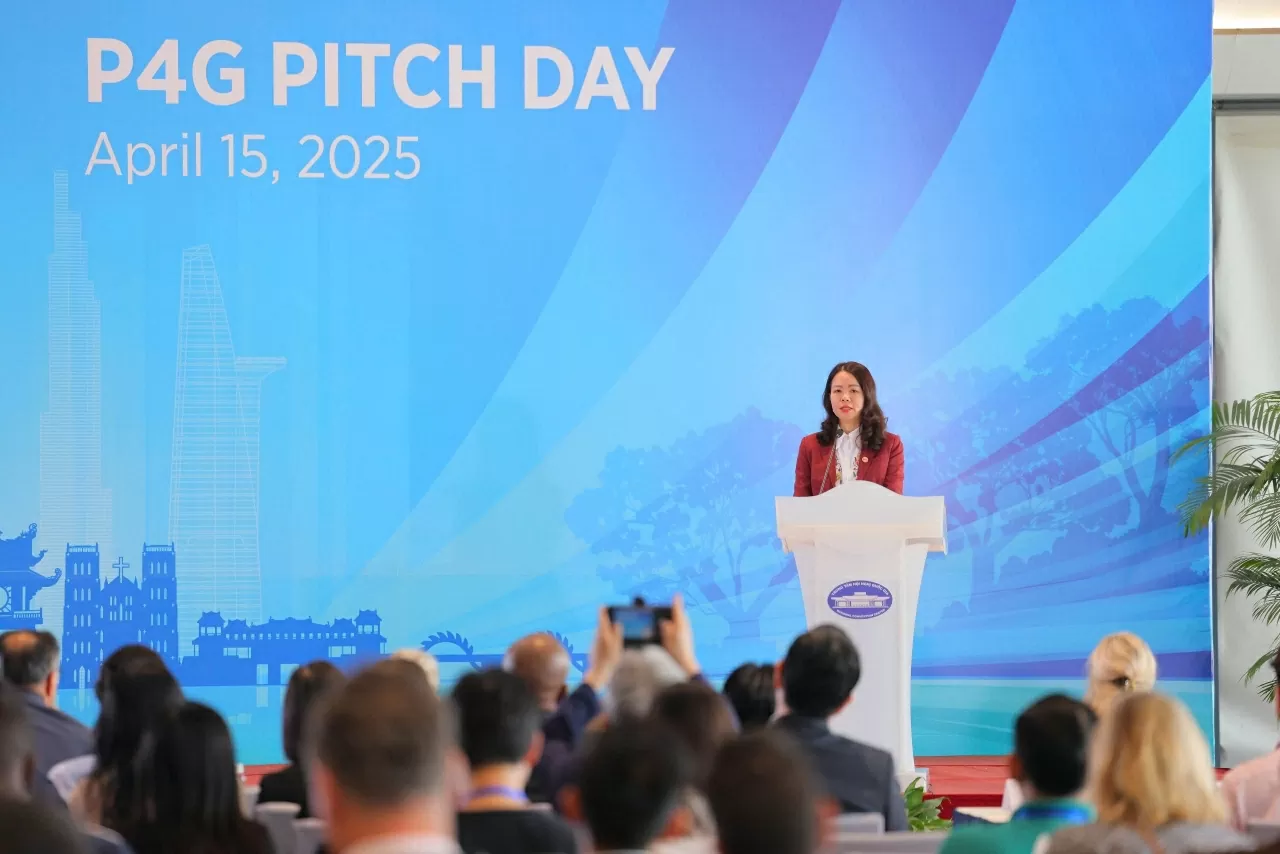

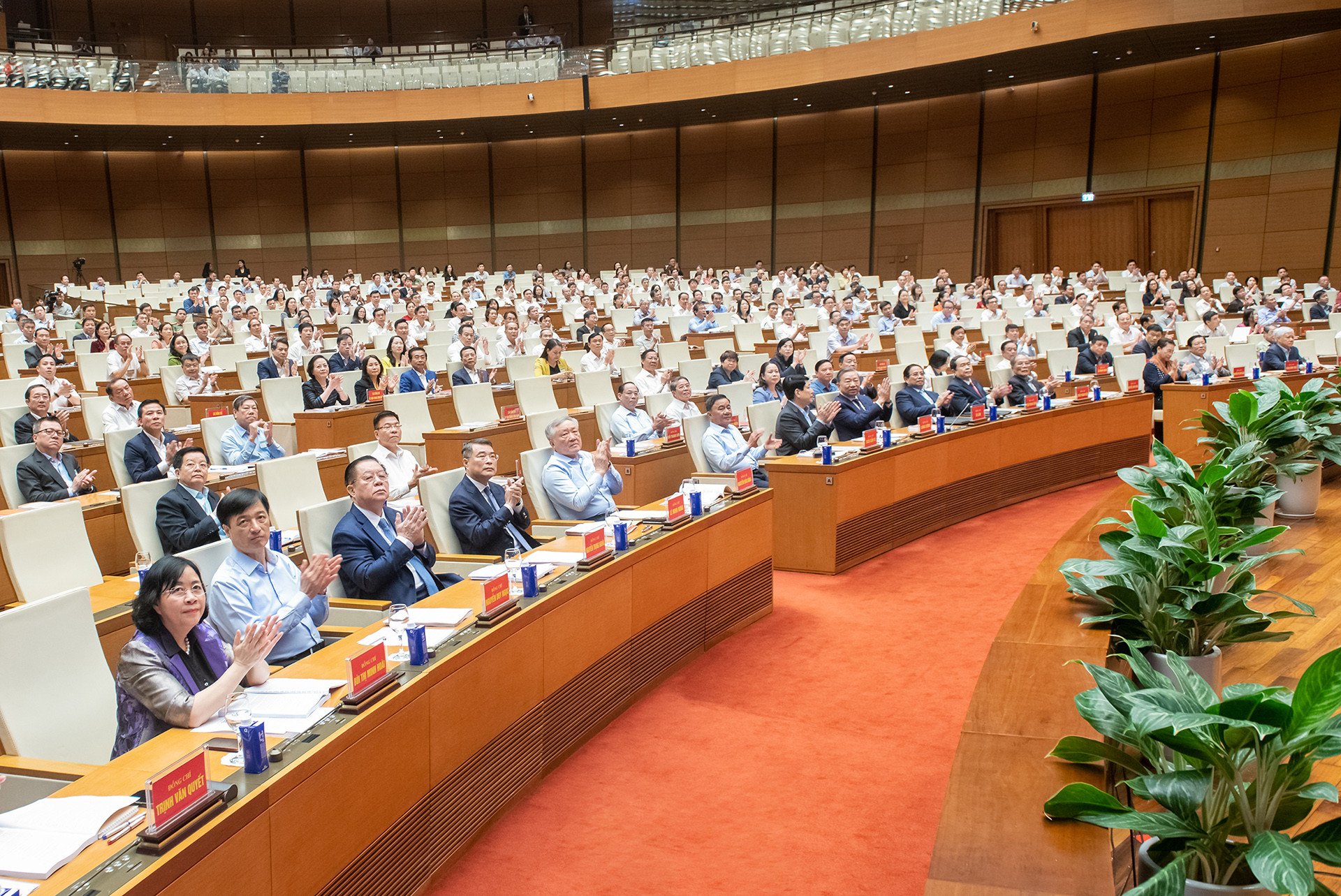
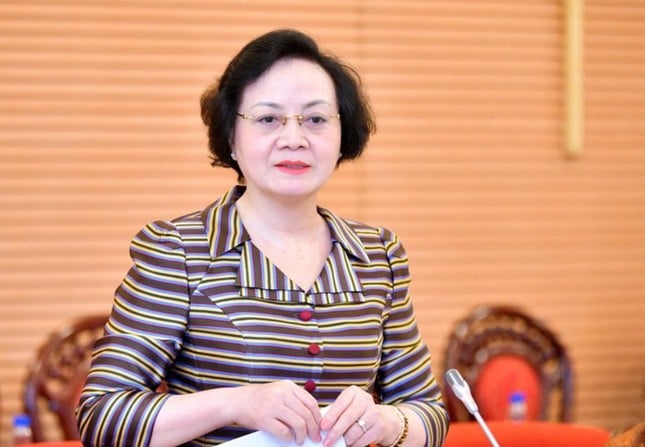
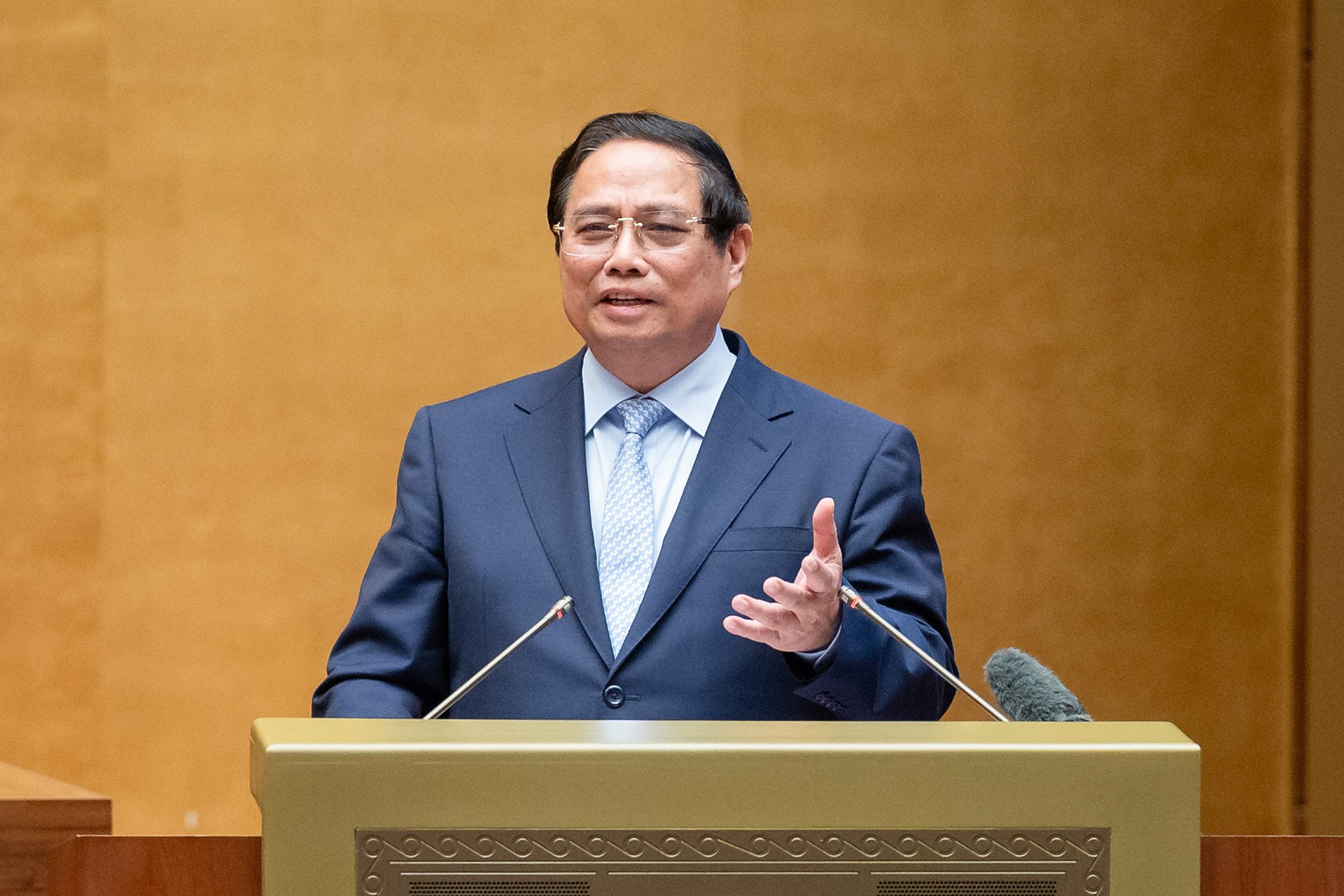
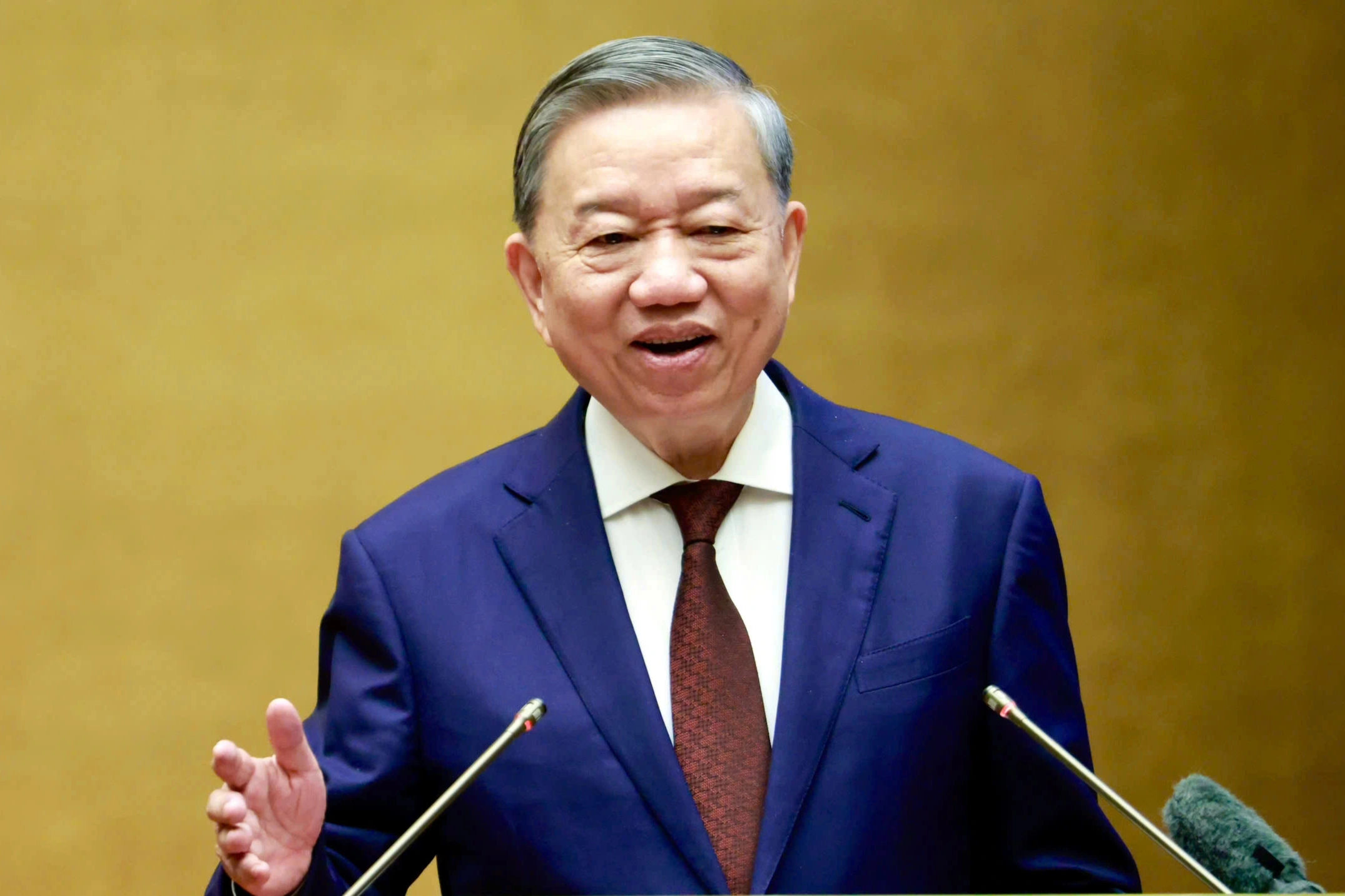
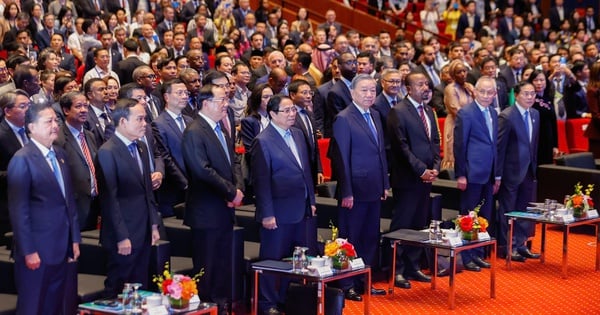

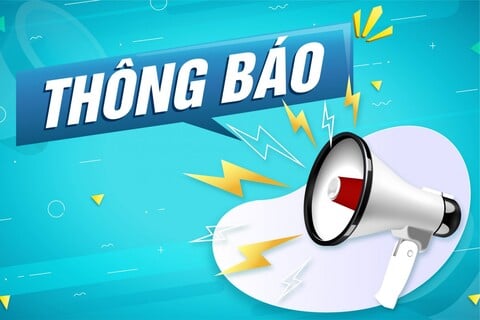

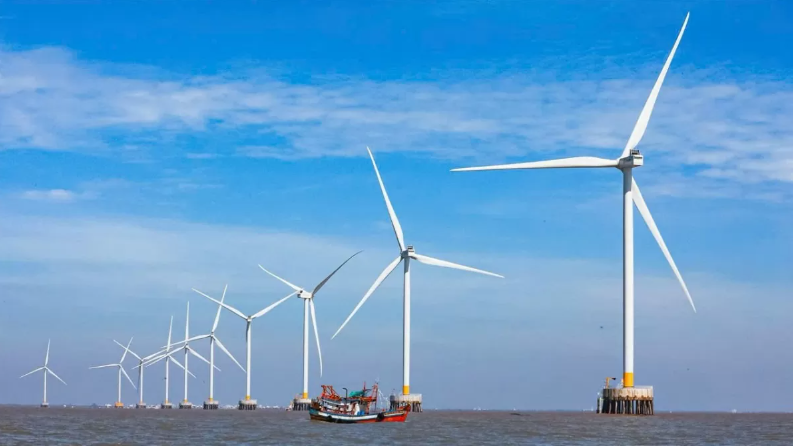
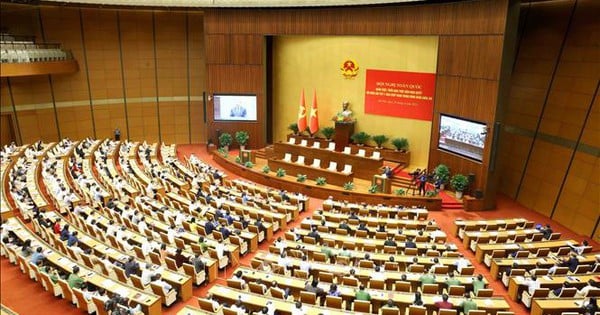

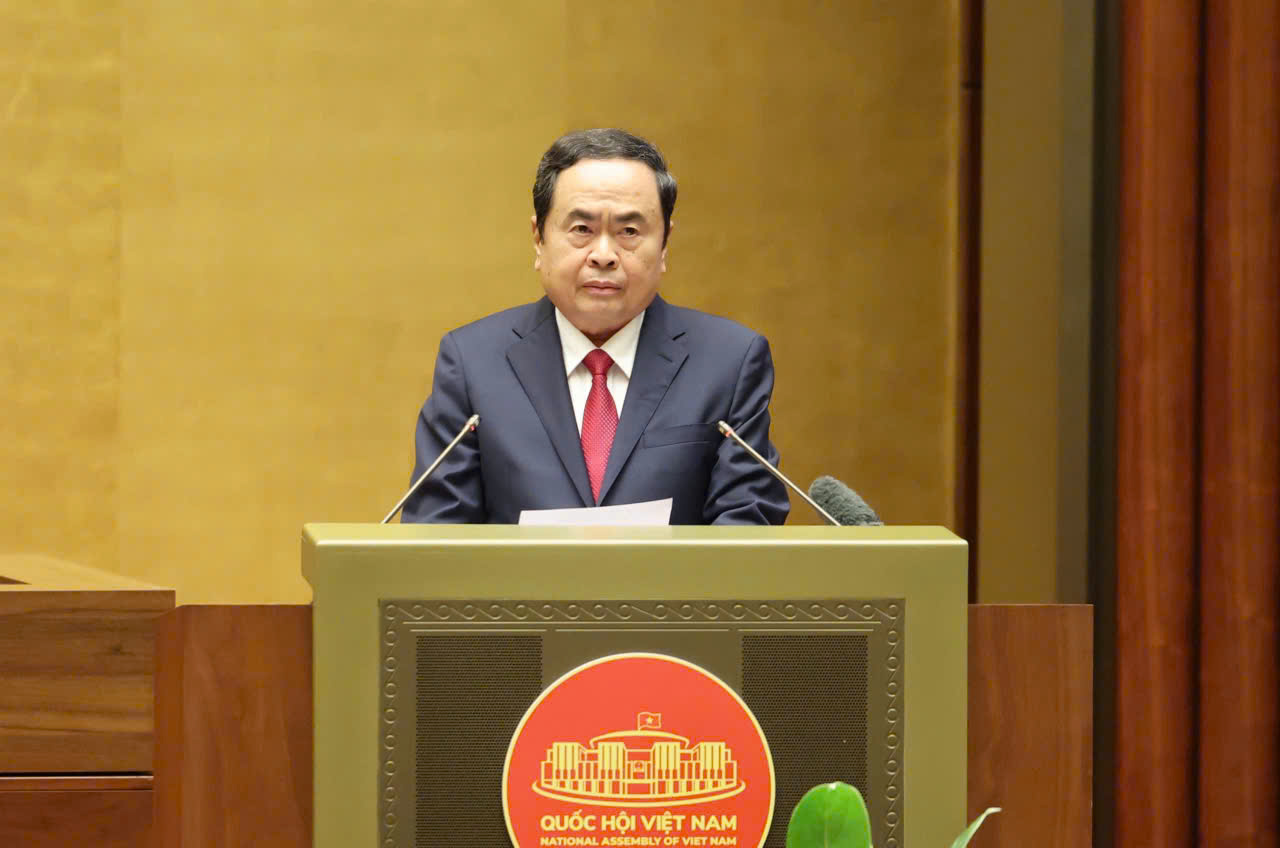

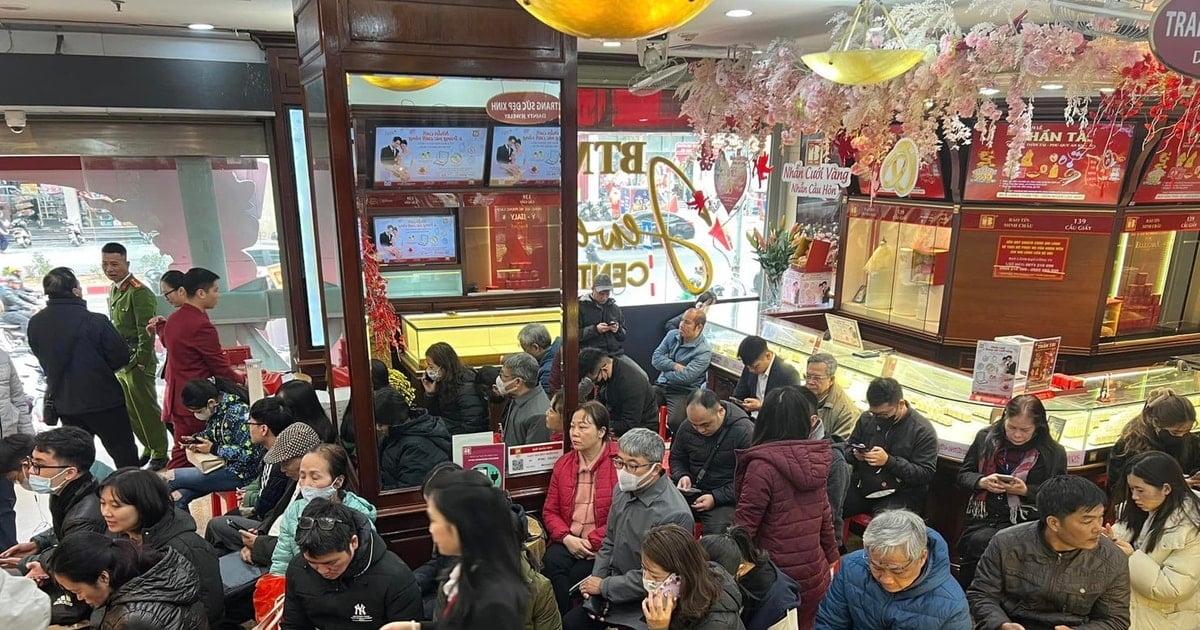

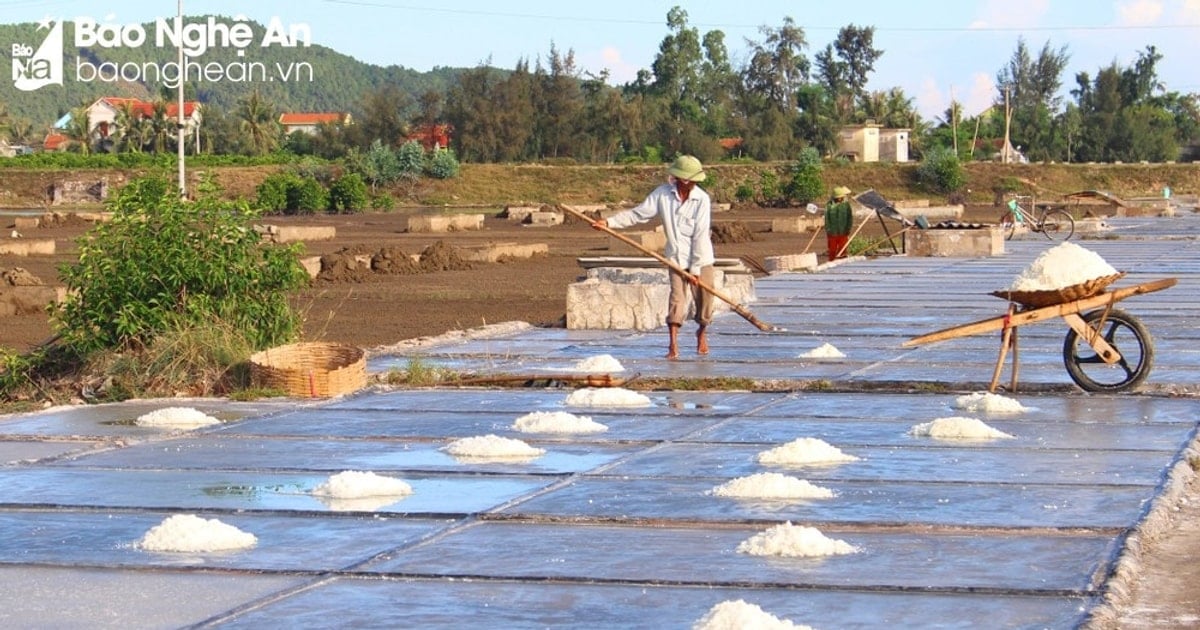



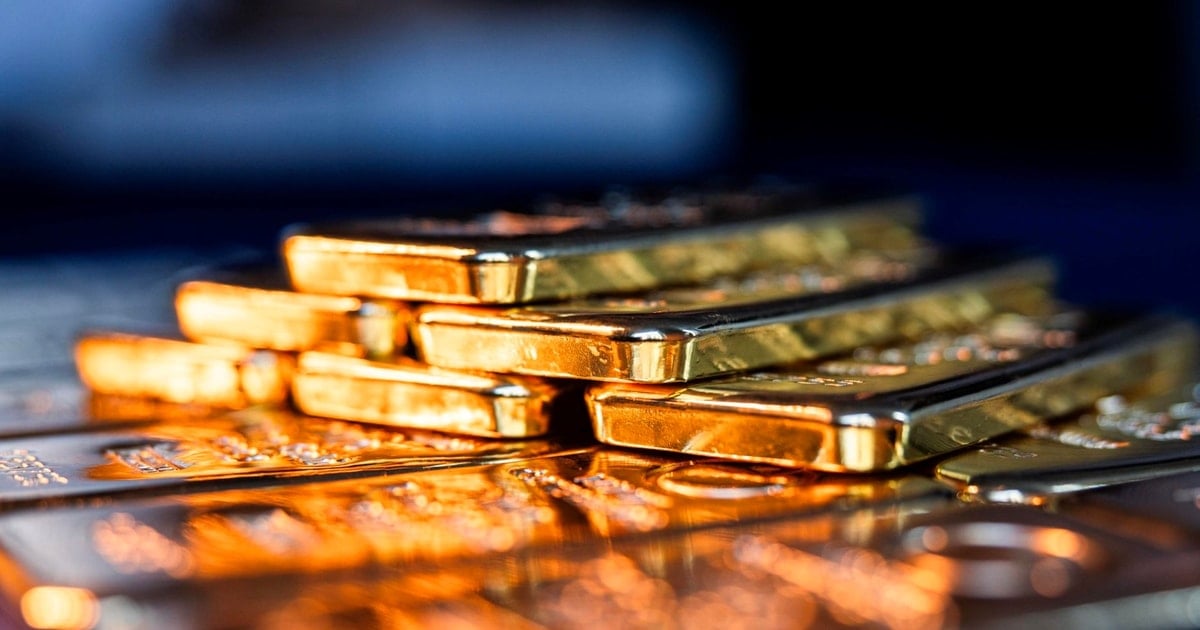

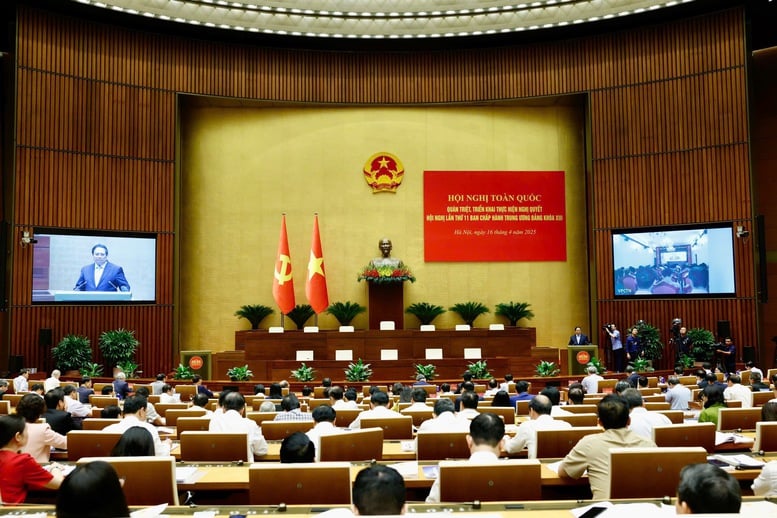


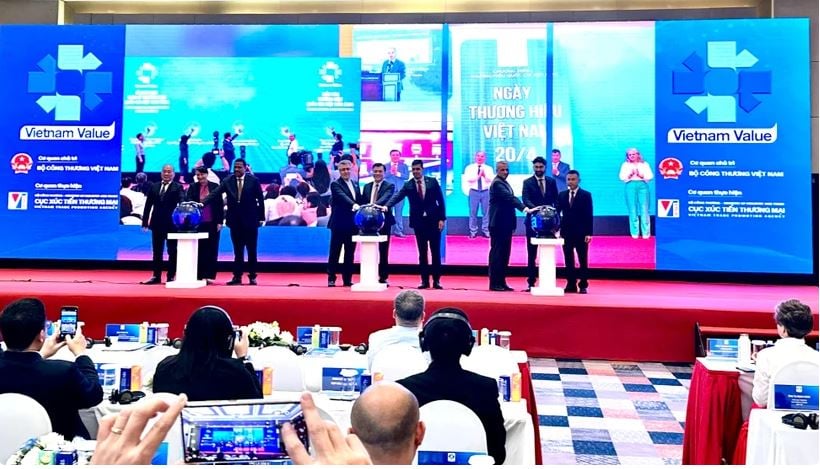

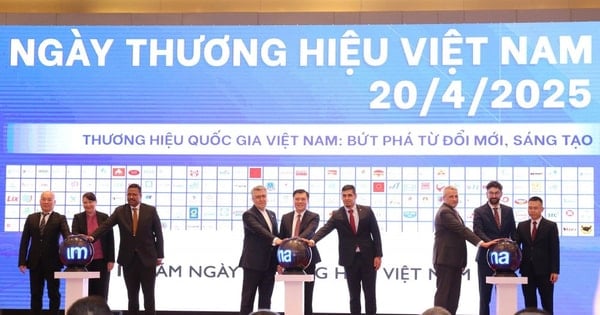
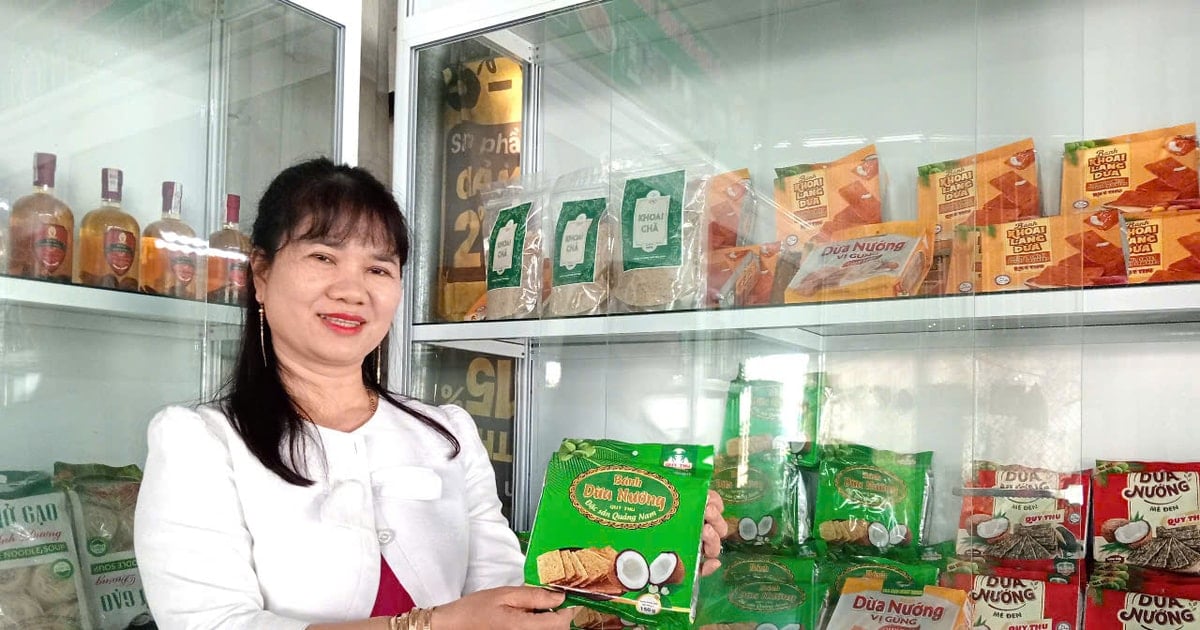
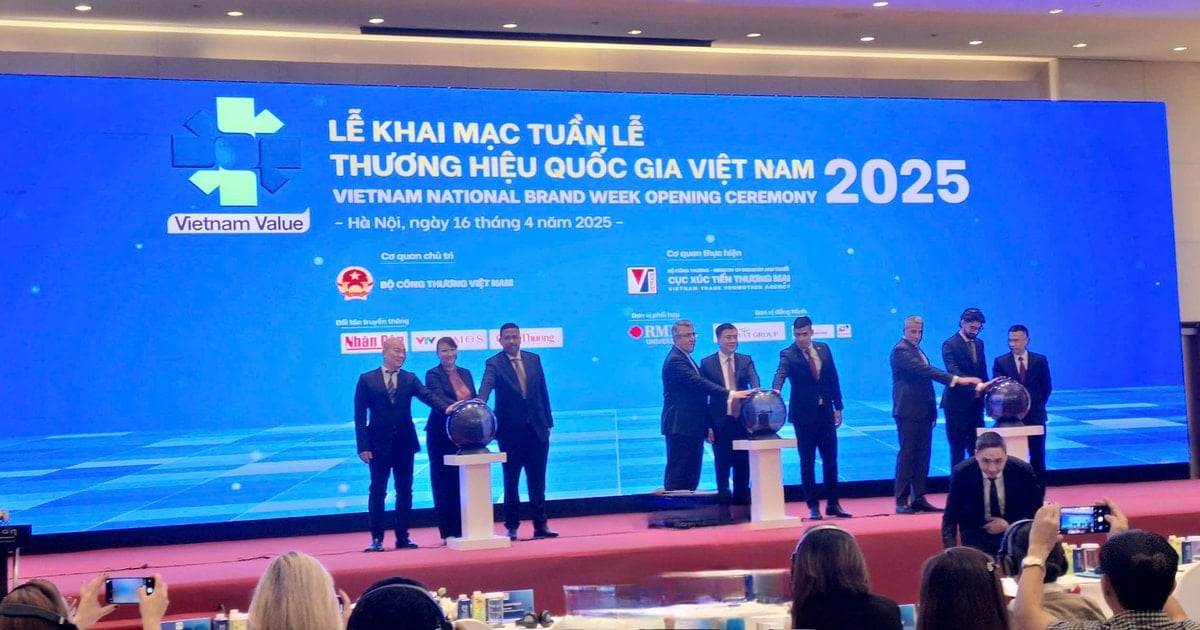
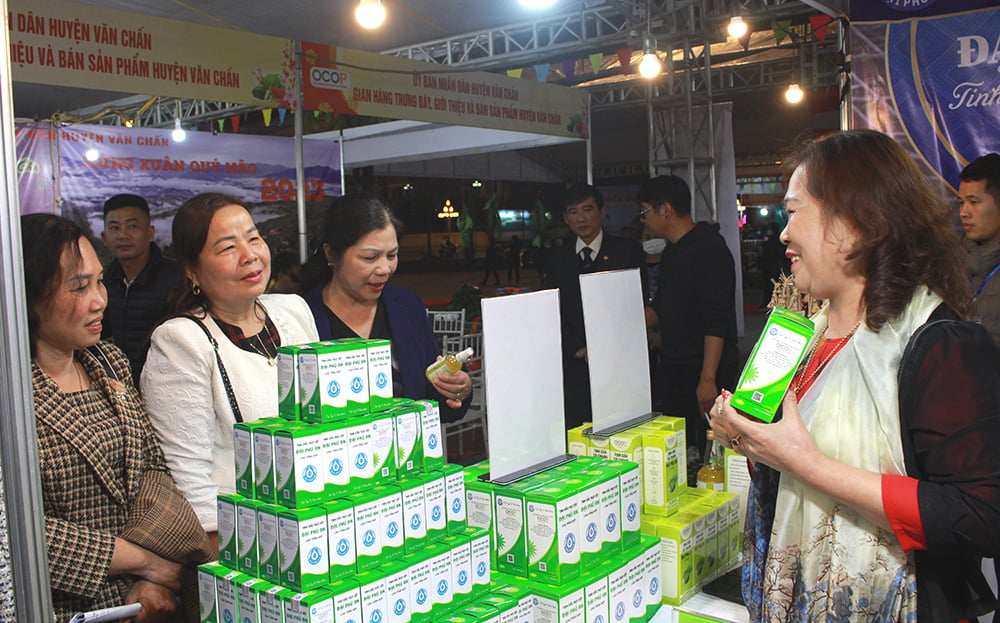
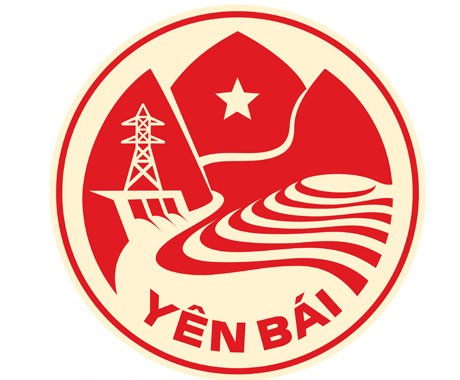
Comment (0)